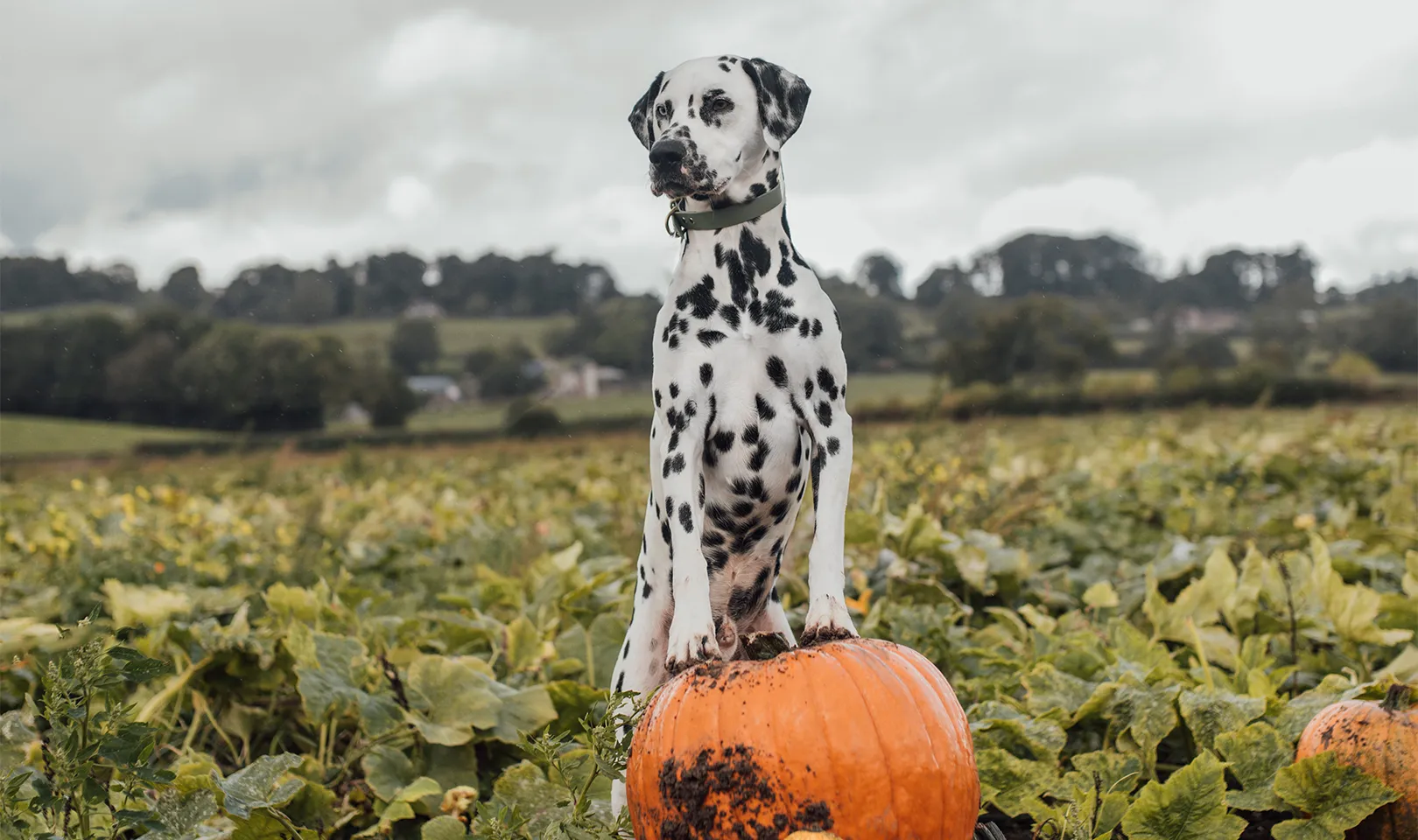3 tips for keeping your pet safe during Halloween


Of all the holidays where we worry about our furry friends at home, Halloween usually isn’t first on our list. When we think about Independence Day, we worry about the hazards of outdoor barbecues, skewers, corn-on-the-cob, and fireworks going off all day long.
At least with New Year’s Eve the thunderous spectacle is just a midnight ordeal. During Thanksgiving, every ER vet is waiting for the onslaught of pancreatitis cases as pets chow down on their own feasts, straight out of the trash can.
However, Halloween is filled with its own issues that we tend to overlook. After all, it is the gateway holiday to the winter season!
For humans, All Hallow’s Eve is a night of, to paraphrase my favorite Hogwarts professor, “UN-mannered frivolity,” trick or treating, Hocus Pocus reruns, and jumping at the slightest sound.
Here are a few dangers to watch for during this spooky holiday.
Tip #1: Keep dogs away from chocolate.
Chocolate is the most prominent danger that most pet owners are aware of when it comes to things dogs are not supposed to eat. Chocolate has a chemical in it called theobromine (also found in coffee) that the canine digestive system is physically unable to process; hence chocolate’s toxicity.
The toxicity level varies by the percentage of cocoa present. White chocolate is non-toxic, mild chocolate isn’t as bad as dark chocolate, and baking chocolate, which can be 70% or more cocoa, is extremely toxic.
The amount and type of chocolate, in addition to the size of the pet, will help determine the level of “emergency” and how involved the treatment is. Treatment usually consists of getting the pet to vomit, then administering activated medical charcoal and IV fluids.
Want more clinical & industry news from IndeVets? Sign up here.
What you should do if your pet eats chocolate
If you think your pet has eaten chocolate, call a pet poison control number ASAP. There are two main ones in the US: the ASPCA at (888) 426-4435 and the Pet Poison Hotline at (855) 764- 7661.
Operators will want to know how much your pet ate and when, the type of chocolate, and the weight of your pet. The phone call does cost a small fee and is payable by credit card. (Your vet can also call for you when you get to the clinic, but there is usually a small upcharge for this service.) This is an important step because the toxicity experts do calculations to determine the severity of the situation, based on this information.
They will give you a case number that your vet can reference. You can later call back for free follow-up advice and treatment plans. You can call this number for any suspected poisons your pet gets into 24/7.
Tip #2: Also be on the lookout for xylitol (found in candy!)
A lot of non-chocolate candy is sugar-free. That does not mean danger free! In fact, the substance often used to replace sugar as a sweetener in sugar-free candy is toxic to dogs. If ANY of the labels have XYLITOL as an ingredient, make sure your pets do NOT get into it. You my also see it listed as BIRCH SUGAR.
Ingestion can cause a rapid decrease in sugar in the blood stream called hypoglycemia. This is a medical emergency. As with chocolate ingestion, call the poison control number immediately.
Treatment consists of constant blood glucose monitoring, blood-work, emesis if caught early enough, IV fluids and dextrose. Additionally, xylitol is frequently found in sugar-free gum and some peanut butter brands.
More tips: Surviving fireworks with dogs
Tip #3: Give your pet a safe space
Finally, the last tip for pets is one most people don’t think of: costumes and trick-or-treaters.
Your dog or cat may be used to kids on a daily basis, but they are not used to you or your kids in makeup wearing funny costumes that are brightly colored, oddly shaped, and smell weird. Plus, there will now be tons of kids ringing the door bell every 5 minutes in more costumes screaming “trick or treat!”
If you think it’s bad that your dog barks at the mailman once a day, just imagine when he or she hears the doorbell going off all night. While some dogs may love more attention, most are going to get stressed and anxious with the new noises and smells.
Make sure your pet has somewhere safe to go to escape the commotion, while also making sure that all escape routes to the outside world are sealed and your dog has on its collar with a tag. The last thing you want to do is chase a dog down the road with all those kids running around.
If your dog is reactive to the doorbell on a regular basis, it might be a good idea to sit outside and wait for the kids to walk up instead, or disable the doorbell for the night. Talk to your vet weeks ahead of time to see what options are available to treat your pet’s anxiety. There are both physical and pharmaceutical options that may be suitable for your pet.*
Finally, if you have any decorations up, please make sure your pets do not eat them! Foreign objects (anything that is not dog food) can get lodged in the digestive system and may require surgery to remove.
In closing
With all the safety tips in place you can now enjoy your candy-laden, fright-filled holiday. I on the other hand will be working. Happy Halloween!
*Please do not give your pet any human medications and only give medications as prescribed by your veterinarian.
Dr. Lindsay Wolcott is an Associate IndeVet practicing in South Carolina.
More from IndeVets:
Ask a vet: I found a lump, now what?
Sheltering 101: A guide for general practitioners
